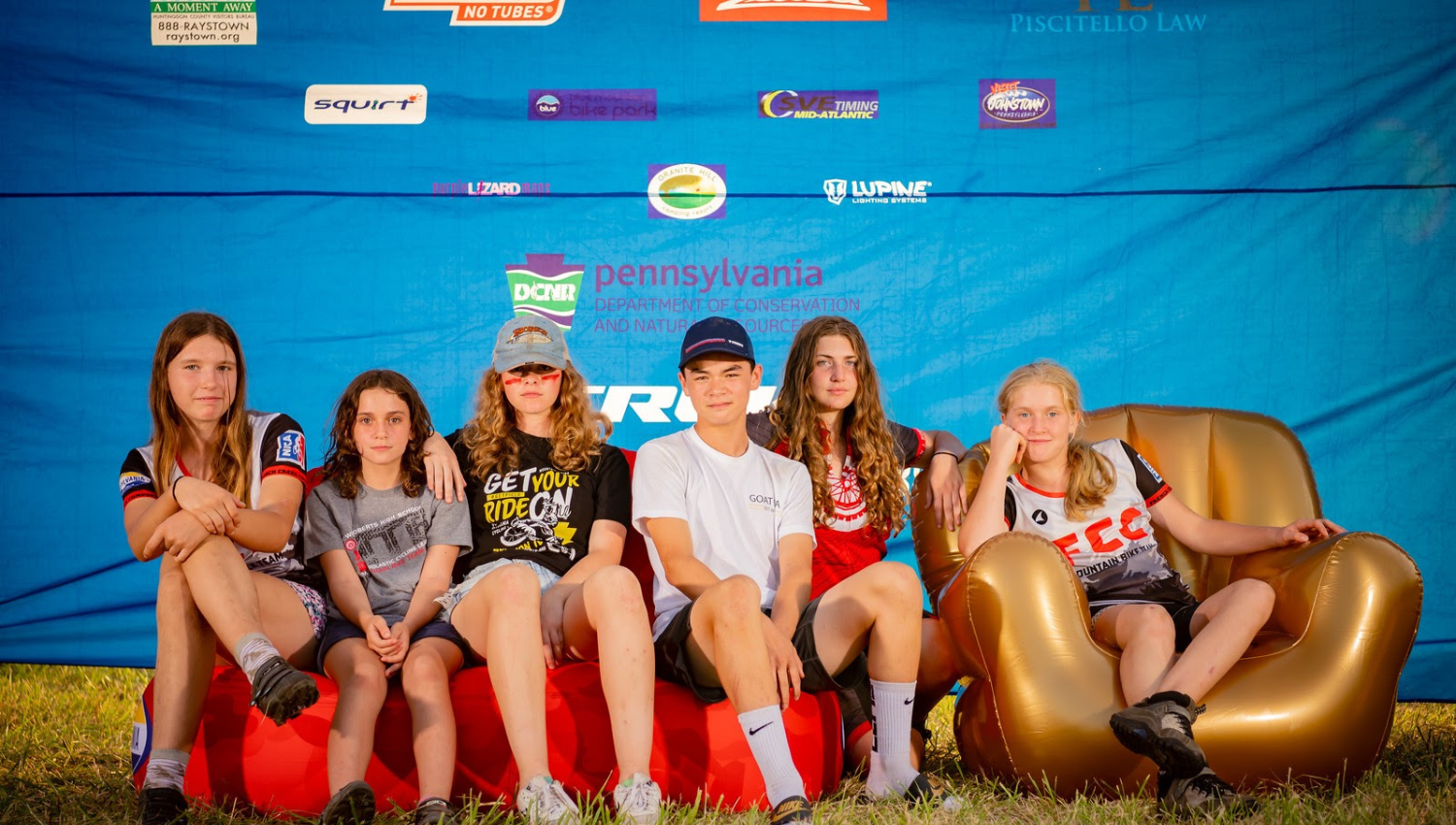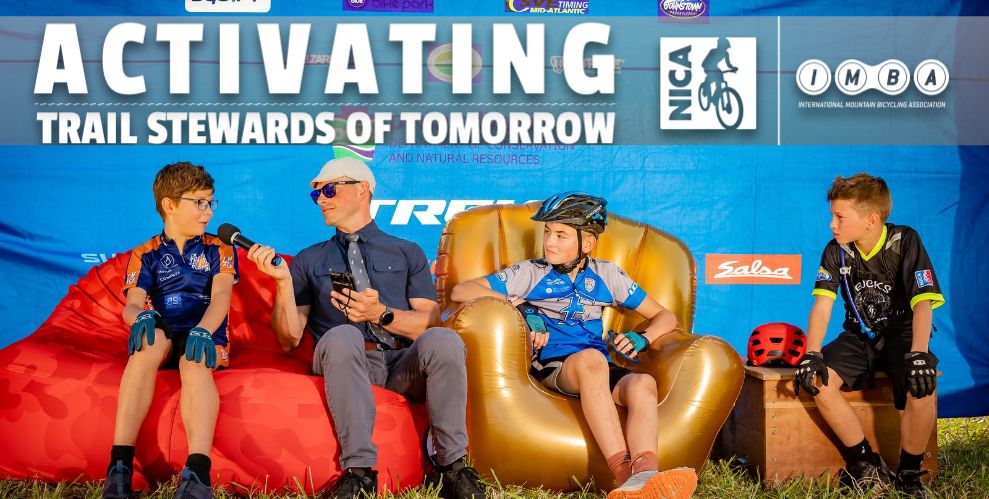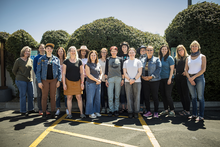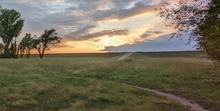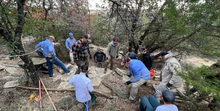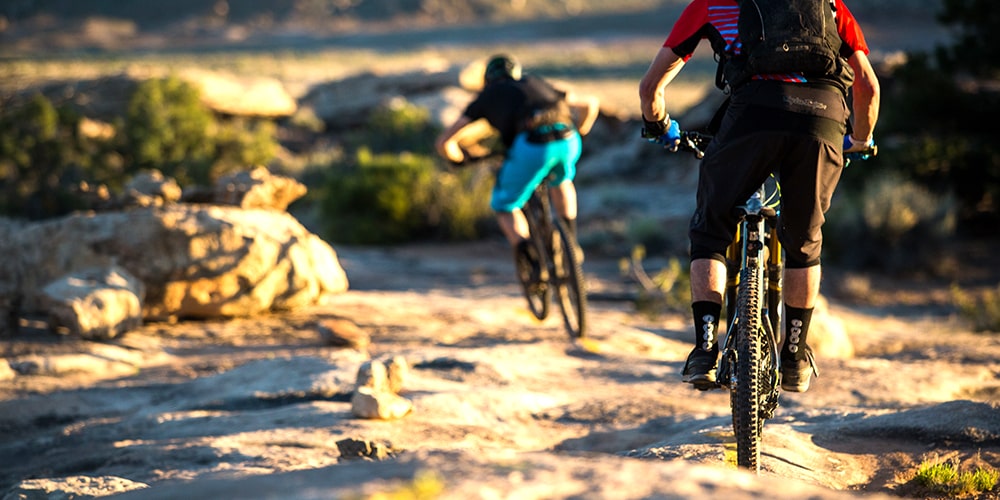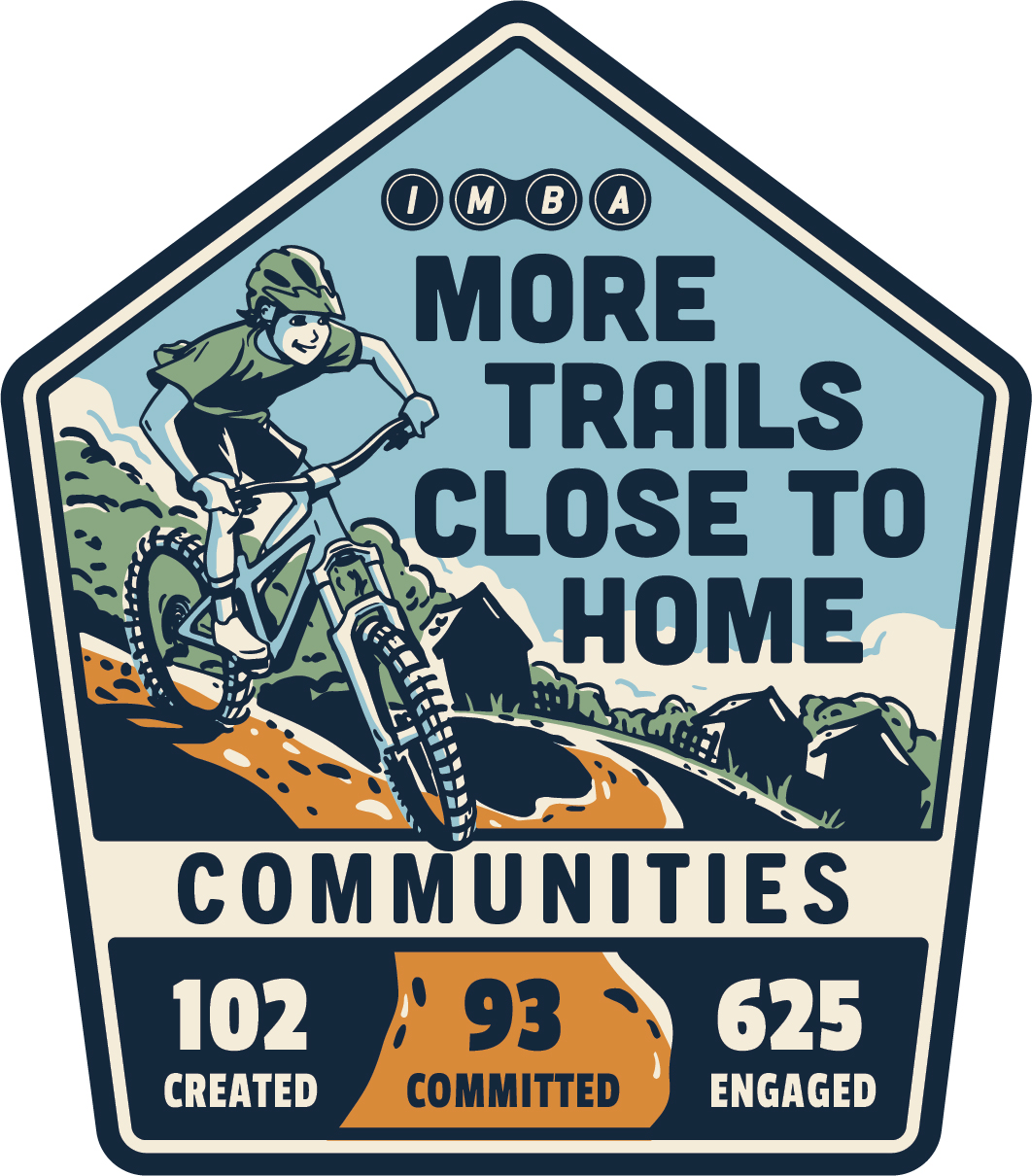Celebrating Women’s Mountain Biking Day 2025
You’ve seen young mountain bikers step up to mentor new riders, push themselves beyond their limits in competition, and literally dig in to help maintain the trails where they train and compete. Have you ever seen them engage in mountain bike advocacy? Take it from us, it is thrilling to watch a young person learn how to shape language around why mountain biking and trails are important to human health, economic vitality, and community connections.
Engaging young people in mountain bike advocacy is challenging and rewarding, and kids who take part gain new levels of skills and confidence. We’ve partnered with our friends at NICA to bring you a quarterly look at how you can engage young riders in mountain bike advocacy in your local community and even across the country. Let's empower #MoreKidsOnBikes and #MoreTrailsCloseToHome via public policy and advocacy actions.
The ABCs of MTB Advocacy, Part I
Advocacy. What is it? Who can do it? How do you do it? What does it have to do with mountain biking? In this blog, we’ll dig into the most basic ABCs of advocacy, and make some connections to what it looks like and why it’s important among mountain bikers and outdoor recreation communities.
Advocacy, in its purest form, is taking some sort of action to create change.
Advocacy defines an issue, engages collective voices of like-minded people, and asks for change. Advocacy is a process that supports and enables people to:
- Have their voices heard on issues that matter to them
- Protect and promote their rights
- Have their views and experiences considered in decision making processes
It requires that people express their views, thoughts, and concerns; access information, evidence; engage expertise; explore options and solutions; and ask for change.
Anyone can be an advocate.
You don’t have to be a legislator, community leader, or working professional to be an advocate. To be an effective advocate, all you need to be is someone who truly cares about an issue; believes change is possible; and is willing to give time, energy, and experience to uplifting an issue and having your voice heard (on behalf of yourself or others). Young people BELONG in the advocacy space. As members of communities, youth provide both hope for the future, and the needed perspectives of how policies impact the younger in our populations. All people can become advocates. Diverse perspectives make advocacy more impactful and effective.
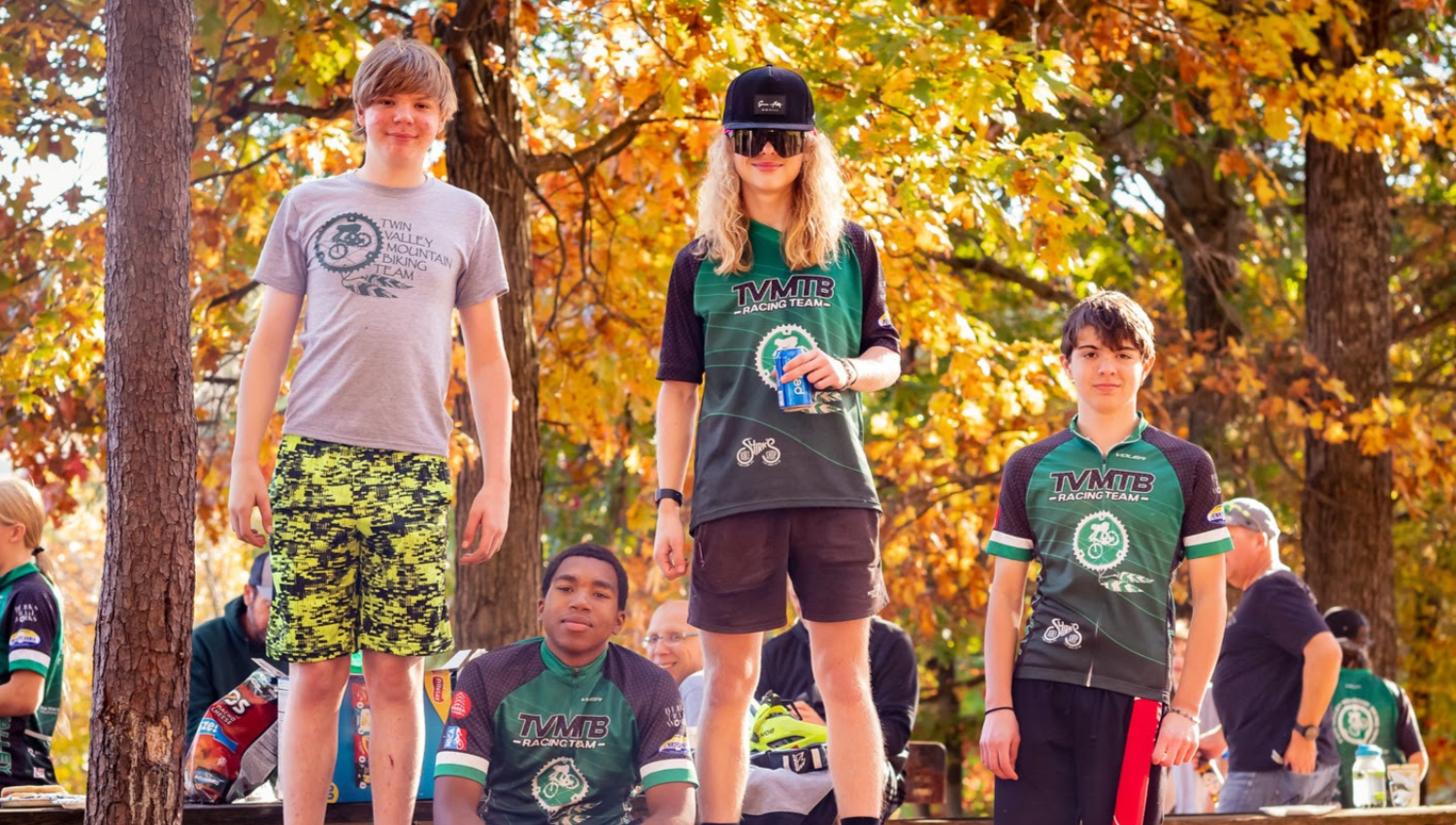
How do you “do” advocacy?
There are myriad ways to practice advocacy, and myriad places or levels where it can occur. Some of the most common forms of advocacy include testifying or speaking in “town halls,” in public forums, or in front of policy makers about your issue and what changes could happen to make things better. Advocacy actions include email and letter writing to lawmakers and others who hold positional power related to your issue; relationship building; calling elected officials; social media campaigns or “slacktivism;” writing Letters to the Editor; raising awareness about an issue that matters to you; raising money for a cause you care about; or joining local, regional, or national organizations related to your issue. Although it can sound overwhelming, there is room for youth in all of these actions, and room for the voices of mountain bikers as well. We’ll dig into how to plan your MTB advocacy action in the next blog.
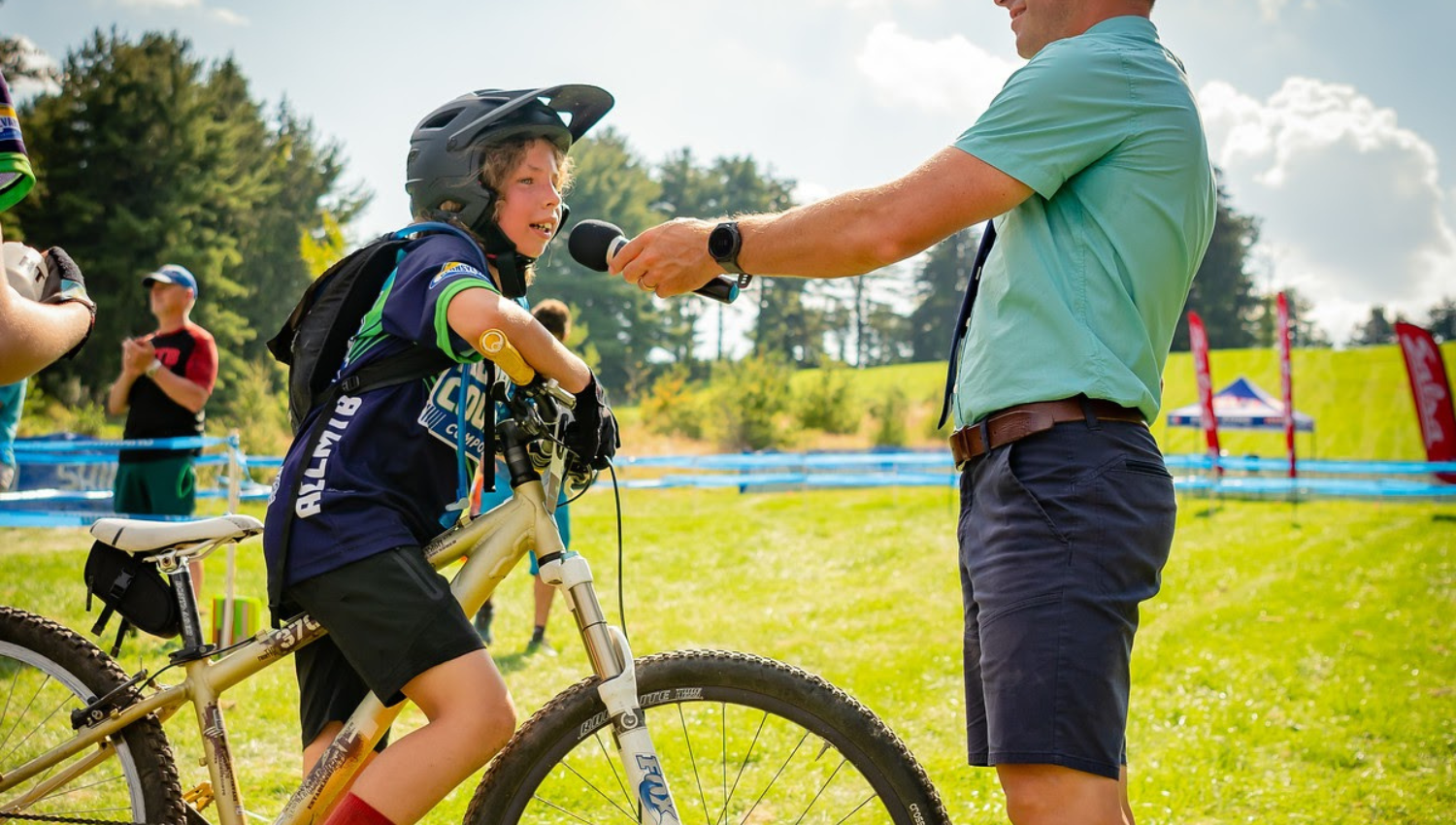
How does advocacy impact mountain biking and trails?
MTB Advocacy ensures that mountain bikers can access and utilize new and existing trails, that funding is available for building and maintaining trails that are open to bikers and other outdoor recreation use groups, and that organizations that educate and empower mountain biking and outdoor recreation are supported.
Advocacy is built into the DNA of the International Mountain Bicycling Association. For over 30 years, IMBA has led national advocacy for mountain bike communities across the country, providing evidence and perspective to secure policies such as the Great American Outdoors Act and the Bonneville Shoreline Trail Advancement Act. We also work closely with the Outdoor Alliance to unite the voices of outdoor enthusiasts to conserve public lands across the nation. At the national level, we advocate for trails to be open to mountain biking, and for funding to secure trails close to where people live. When the government is identifying new National Monuments, Recreation Emphasis Areas, and National Recreation Areas, IMBA’s Advocacy Team provides relevant and timely research and information on how including mountain bikers in the planning for land designation can improve people’s health, community vitality, and economic impact. You are welcome to advocate for mountain biking in these spaces, too!
Learn More about IMBA's 30+ Years of MTB Advoacy
IMBA also supports local and regional advocacy efforts by IMBA Local Chapters and Affiliates who are doing advocacy work at local and statewide levels. The Action Cultivator Tool is a resource available to IMBA Local Chapters and Affiliates to access support to uplift their local advocacy efforts. Local mountain biking organizations have engaged in advocacy efforts to secure funding for local trails; to ensure statewide organizations such as Departments of Conservation and Natural Resources have the funding and support they need to protect public lands and promote outdoor recreation; and to uplift issues of equity, inclusion, and accessibility among outdoor recreation spaces and facilities.
Advocacy is about uplifting issues that matter to people and asking for change. Anyone can do it! It is a necessary and impactful way to be a true trail steward for trails and champion for our activity. Whether your issue is about access, equity, funding, community health, economic vitality, or recreation and fun, IMBA is here to help you figure out how to make change happen to benefit mountain bikers and all trail users in your communities.
In Part II, we’ll dig into how to plan your advocacy and get organized around issues specific to mountain bikers. We’ll also explore some specific actions mountain bike advocates can take to activate change in their communities.
Explore Advocacy 101 Resources from Outdoor Alliance
